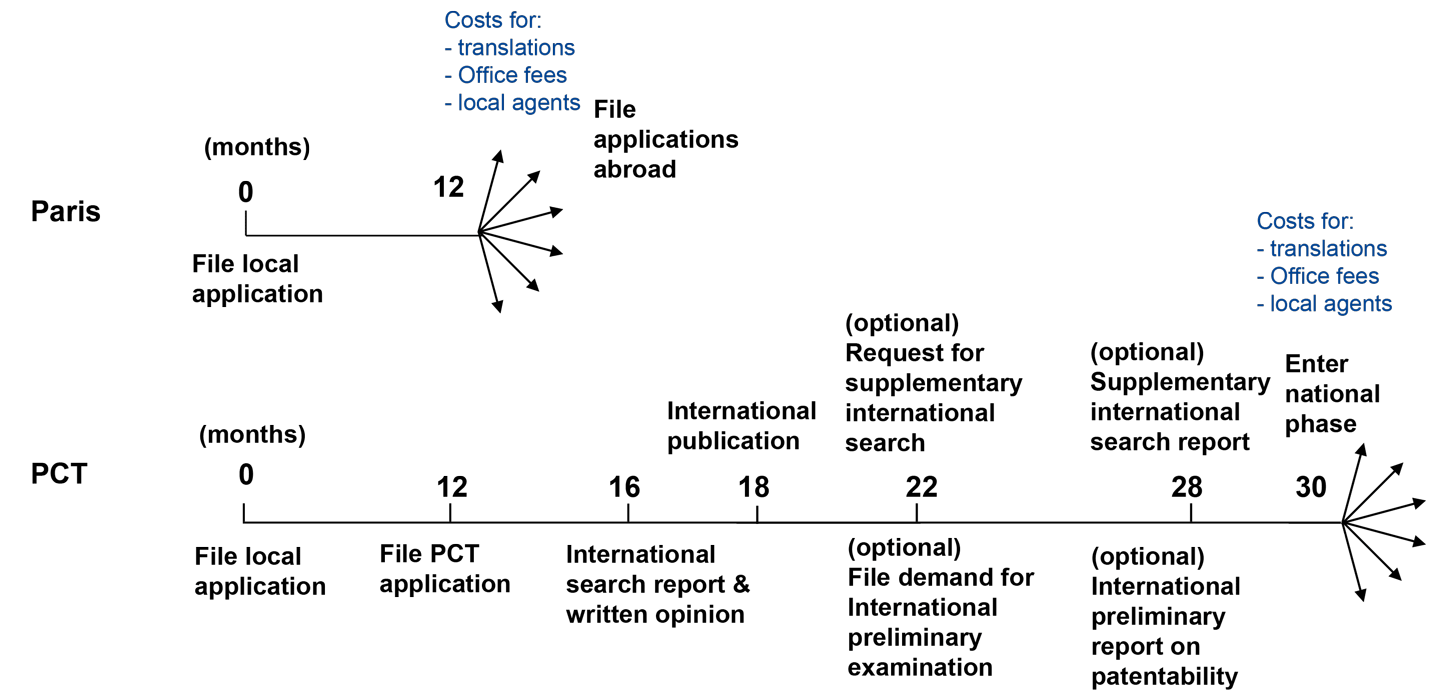
Type of Documents
The Documents will be sent to your email address very soon!
Your information will not be shared with third parties.
These frequently asked questions about the Patent Cooperation Treaty (PCT) outline the PCT procedure from an applicant’s perspective.

The PCT is an international treaty with more than 150 Contracting States. The PCT makes it possible to seek patent protection for an invention simultaneously in a large number of countries by filing a single “international” patent application instead of filing several separate national or regional patent applications. The granting of patents remains under the control of the national or regional patent Offices in what is called the “national phase”.
The PCT procedure includes:
Patents are territorially limited. In order to protect your invention in multiple countries you have a few options:

The PCT is used by the world’s major corporations, research institutions, and universities when they seek international patent protection. It is also used by small and medium sized enterprises (SMEs) and individual inventors.